Paris’s Haunting”Human Zoo”
#1
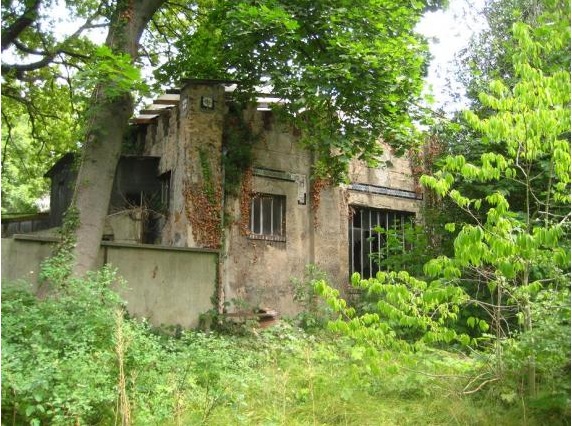
The relics of what was once a public display to promote French colonization over 100 years ago, and what we can only describe now as the equivalent of a human zoo, can be found in the furthest part of Paris’s Vincennes woodlands.
#2
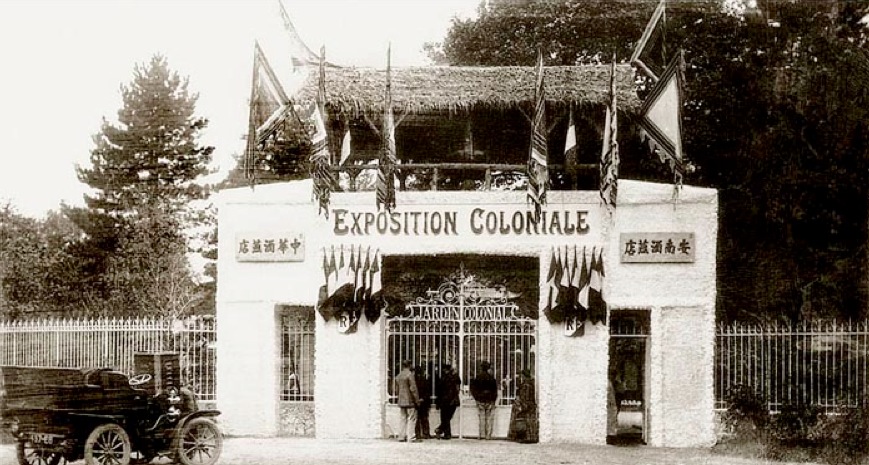
In 1907, the Jardin d’Agronomie Tropicale was transformed into six separate villages, each representing a different part of the French colonial empire at the time: Madagascar, Indochine, Sudan, Congo, Tunisia, and Morocco. The towns and pavillions were designed to replicate life and culture in their natural settings. This included imitating the architecture, importing the farmland, and, most heinous of all, populating the imitation dwellings with people brought in from other lands.
#3
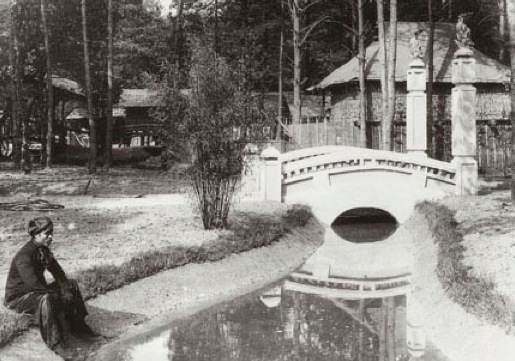
#4

From May through October 1907, when the “show” concluded, almost one million interested visitors saw the human occupants of the”display.” More than a half a billion visitors are believed to have visited numerous displays across the world exhibiting human occupants between 1870 and the 1930s.
#5
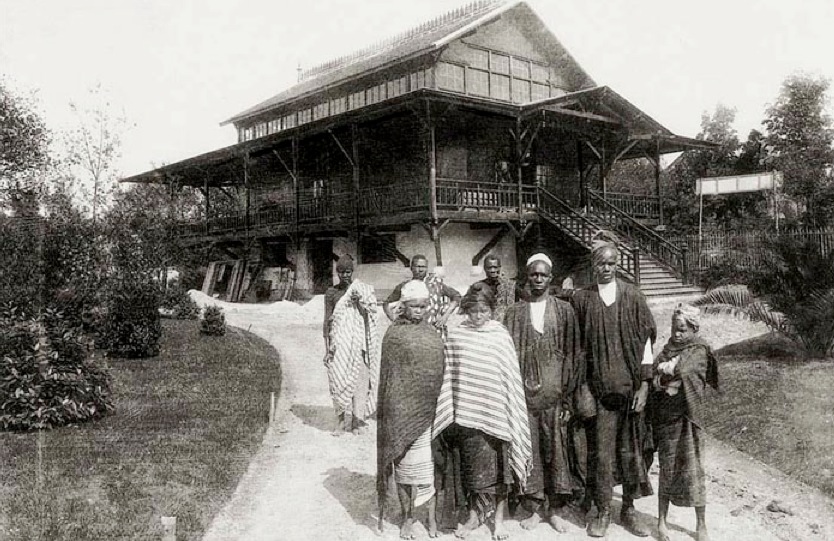
This Congolese imitation”factory”was created as part of a colonial fair in Marseille in 1906. Families from the Democratic Republic of Congo were also brought over to work at the plant. Its ruins were burned and destroyed in February 2004.
#6

This Congolese imitation”factory”was created as part of a colonial fair in Marseille in 1906. Families from the Democratic Republic of Congo were also brought over to work at the plant. Its ruins were burned and destroyed in February 2004.
#7
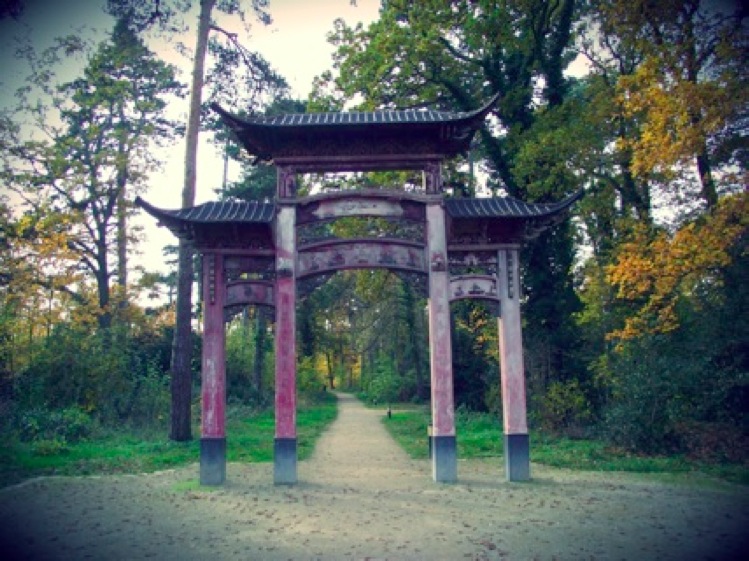
The public was allowed access to the gardens in 2006, although very few people actually visit. A10-foot Asian-inspired portico of rotting wood and fading red paint sits like the ghost of a killed gatekeeper at the entrance. Upon arriving, visitors may get a sense of unease and immediately realize that this is not a site that the French are proud of. A century later, the ghostly presence of ladies carrying sun parasols and men in bowler hats approaching, anxious to watch the performance on the other side of this now decaying column, is still present.
#8

#9
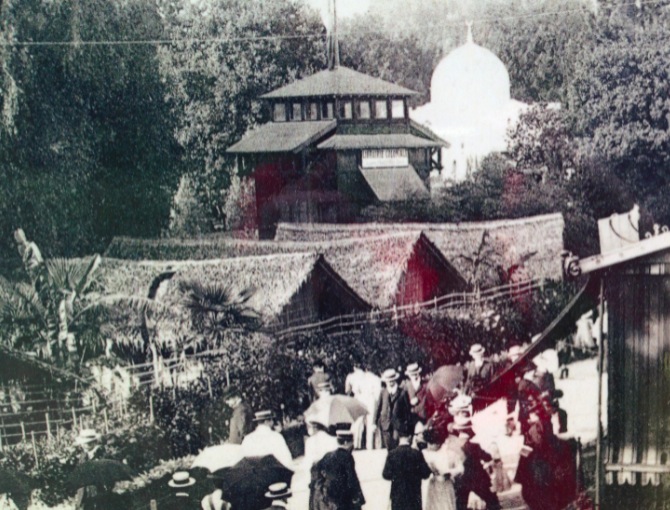
Only a few of the paths are free of overgrowth, and they all lead to destroyed monuments, condemned dwellings with warning signs, and abandoned stuff that you can’t make sense of.
#10
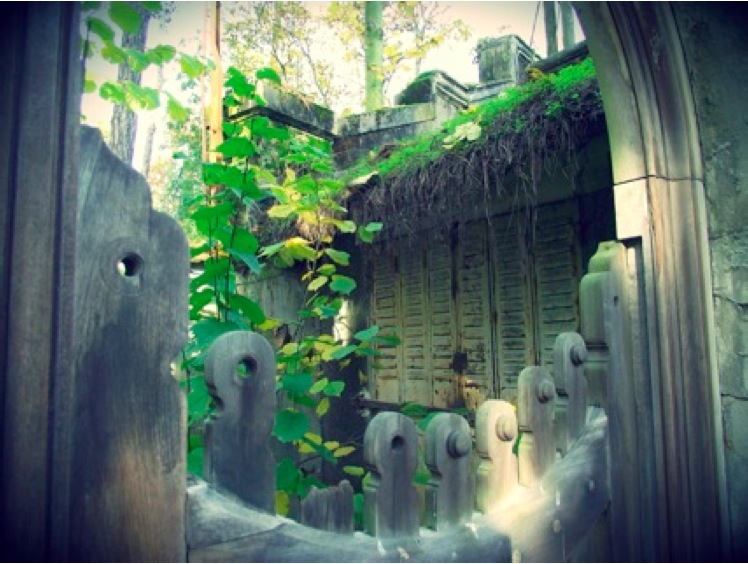
At the Indonesian pavillion, a doorway to one of the homes.
#11

#12

I snuck over a fence into an unsettling edifice buried at the park’s rear, a workshop where scientists and students studied tropical wood brought back from the colonies.
#13
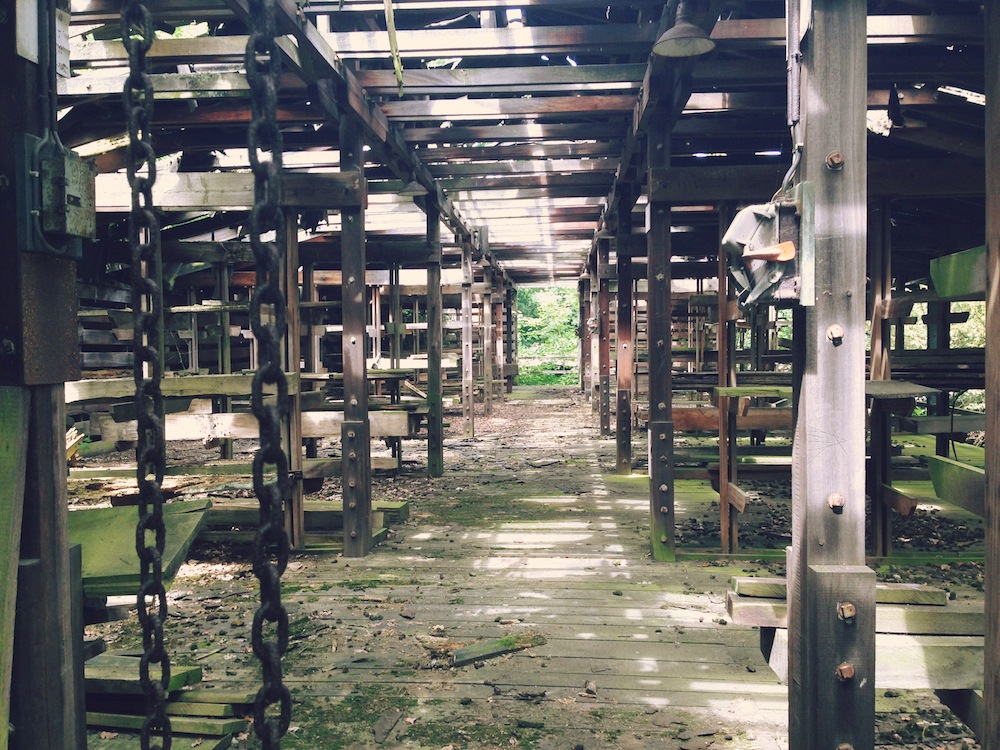
During Imperialist Europe’s high noon, over 35,000 men, women, and children fled their homelands to take part in “strange spectacles” presented in major cities like Paris, London, and Berlin. Entire families from the colonies were recruited and placed in reproductions of their villages, dressed in their traditional clothing and paid to put on a performance for onlookers. Expositions were a frequent component of international trade fairs and developed a demand for exoticism and faraway travel as a way to display the West’s supremacy over its colonies.
#14
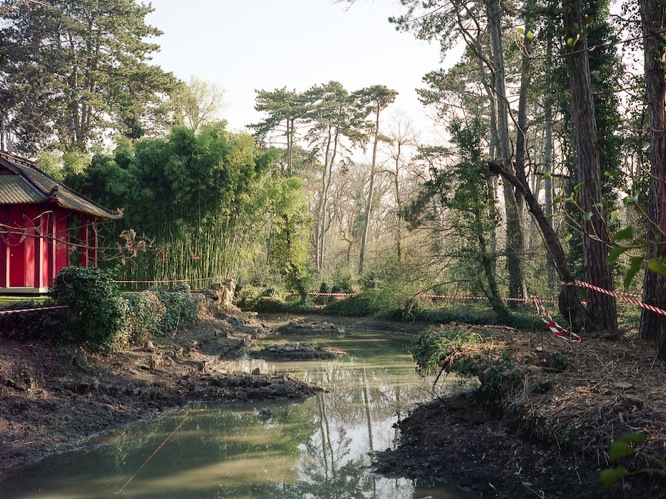
Europeans marveled at bare-breasted African women and were amused by”primitive life”re- enactments in the colonies. Anthropologists and academics could watch entire communities of tribespeople and acquire tangible proof of their racial superiority beliefs here.
#15
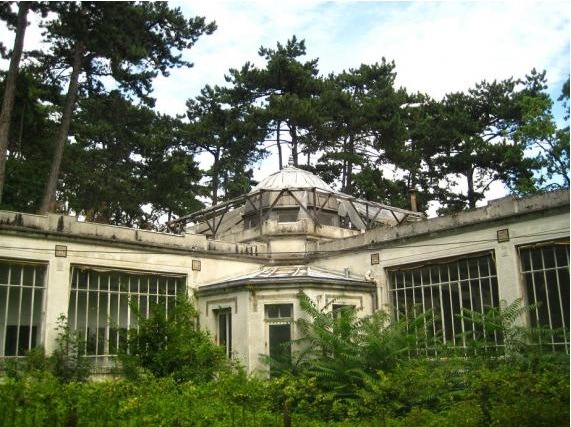
The villagers, who had traveled to Paris of their own free will and were paid to be on show, were repressed, exploited, and humiliated in equal measure. It was difficult to tell the difference between a person and a specimen. They were not visitors. On the opposite side of a barrier, they were faceless strangers.
#16

It is unknown how many of the participants went home safely when the Exposition Tropicale finished its four-month run in October 1907. Villagers were recruited to join circus-like troupes that traveled globally by lecherous agents or were even misled by their own village heads. Their weakness in a capitalist environment was exploited every step of the way, from Marseille to New York.
After a few years, some would find their way home, while others would never return. They would die of adversity on an unfamiliar planet if they didn’t succumb to diseases they didn’t
#17
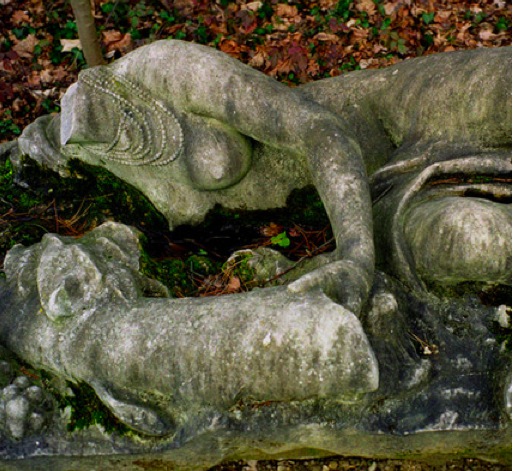
According to speculation, one of the buildings, the Indochine Pavillion, would be renovated and used as a small museum and research center. It might be a clever answer to a contentious issue. There would be charges of trying to cover up the history if the French government demolished the gardens. If they were entirely rebuilt, it may be seen as a tribute to France’s formerly nefarious use of power.
As a result, the garden remains eerily lovely, an embarrassment of neglect.
#18
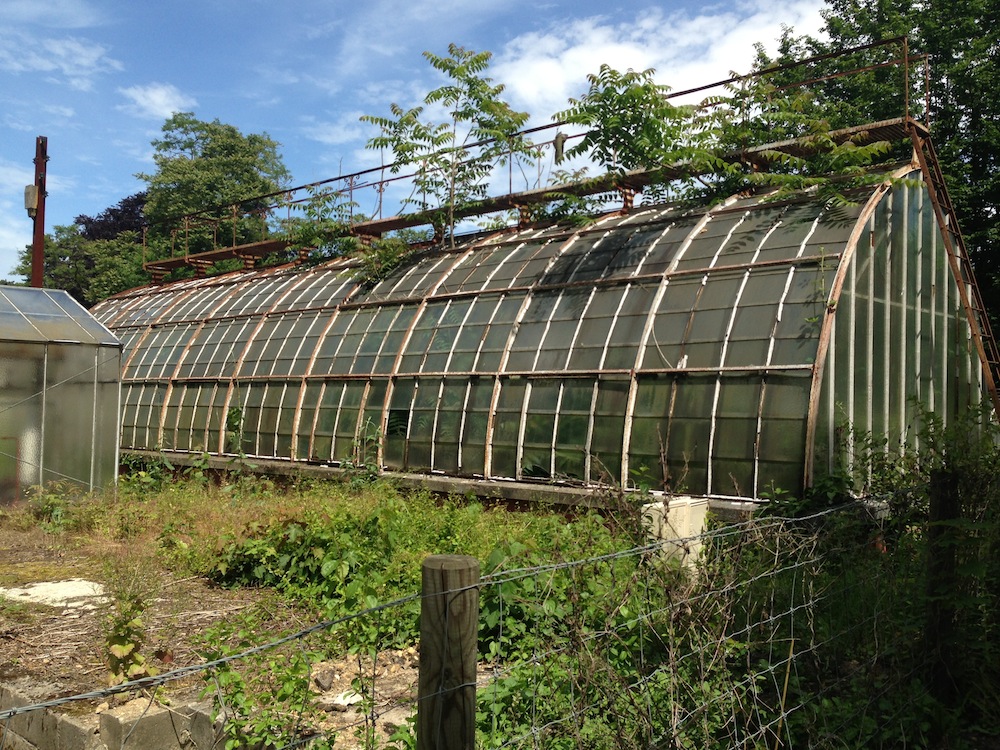
Gardeners haven’t shown up in a long time. Mutations of untamed tropical plants stolen from their native lands are allowed to rot in the junkyard of French colonial history, wild and verdant. They are purgatory’s spirits, looking for a ticket home.
Address: 45, Avenue de la Belle Gabrielle, 75012 Paris, Jardin d’Agronomie Tropicale. RER station Nogent-sur-Marne








